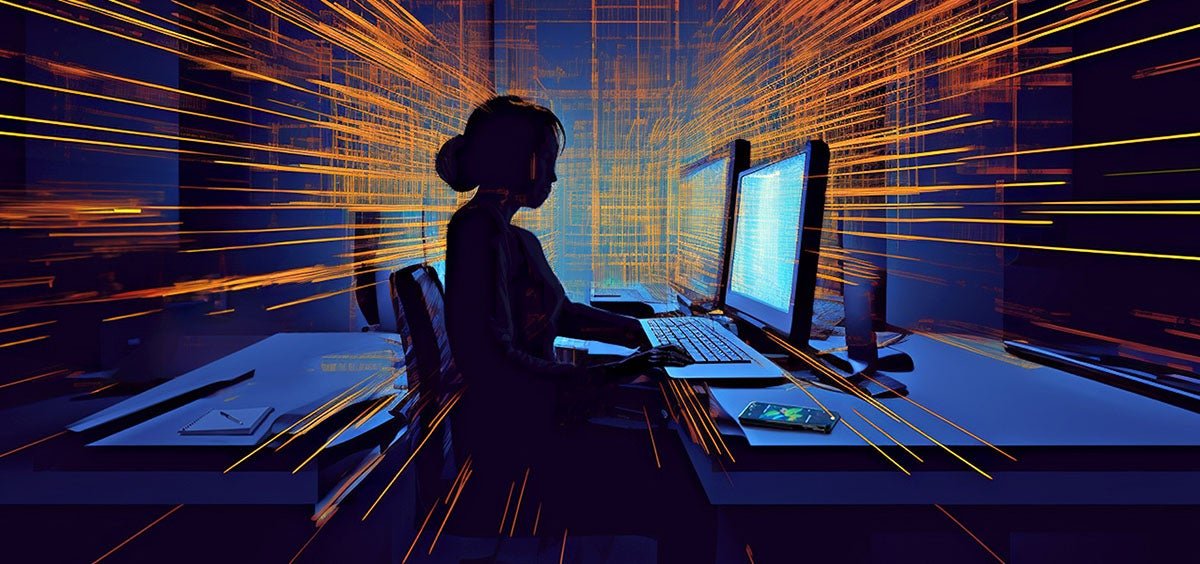In a strategic move poised to redefine the technological landscape, Google has announced the integration of its Android and hardware teams. This merger aims to streamline operations and spearhead advancements in artificial intelligence (AI) across its product lines, emphasizing enhanced user experiences and device interoperability.
Unified Vision for AI and Device Integration
The consolidation is designed to leverage Google’s extensive AI research and its practical applications within the hardware ecosystem. By merging these teams, Google intends to create a more cohesive environment for the development of its devices, ranging from smartphones to smart home products, ensuring a seamless user experience across platforms.
Implications for Product Development and Innovation
This integration is expected to accelerate innovation, particularly in AI functionalities embedded within Google’s devices. For instance, the Android team’s expertise in mobile operating systems combined with the hardware team’s capabilities in device manufacturing could lead to more robust, AI-enhanced features that are deeply integrated into the user’s daily tech interactions.
Key Areas of Focus
Enhanced AI Capabilities Across Devices
Google’s focus on AI is evident in its recent hardware updates and the capabilities of Android AICore, a platform that facilitates on-device AI operations. This technology allows for real-time AI applications without the latency associated with cloud-based processing, enhancing tasks like language translation, content summarization, and even advanced features in Google’s Gboard like smart replies.
Future of Augmented Reality (AR)
The merger also underscores Google’s commitment to augmented reality (AR), with AR tasks being integrated into the broader roles of the Android and hardware teams. This move follows the departure of AR pioneer Clay Bavor, positioning AR development as a central element of Google’s future projects.
Expansion into New Markets
With the unified teams, Google is also expected to push further into new market segments, particularly wearables and home technology. This includes the development of the Pixel Watch and enhancements in Nest products, which will benefit from integrated AI features for smarter home interactions.
Google’s strategy to combine its Android and hardware teams marks a significant pivot towards a more integrated approach in technology development, particularly with AI at the forefront. This reorganization not only promises to enhance the capability and efficiency of Google’s product suite but also sets a new standard for how technology companies might structure their development teams to innovate and meet consumer demands more effectively.
This strategic move by Google could very well set the tone for the next era of smart technology, characterized by seamless integration and intelligent functionality, propelling the tech giant further ahead in the competitive landscape.







